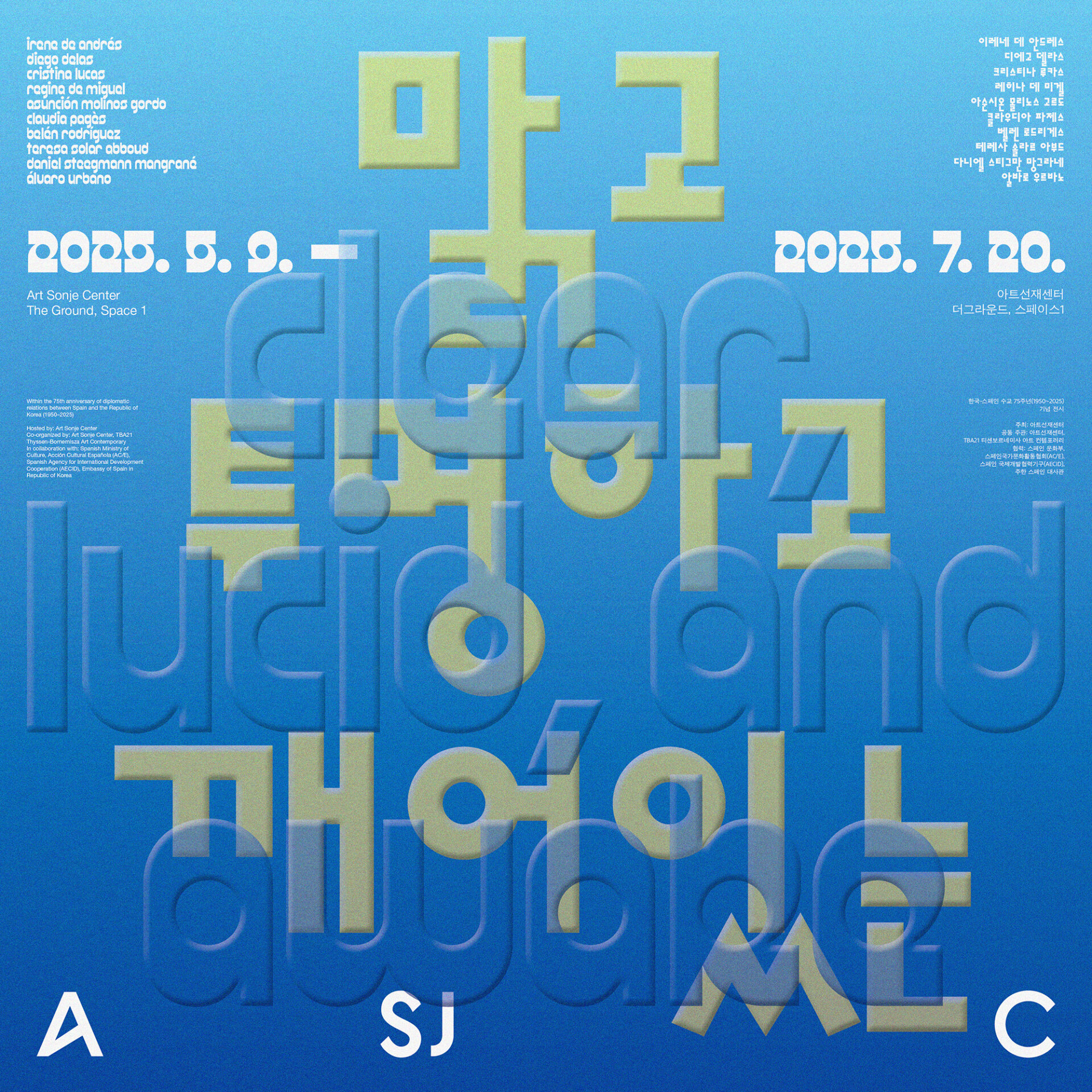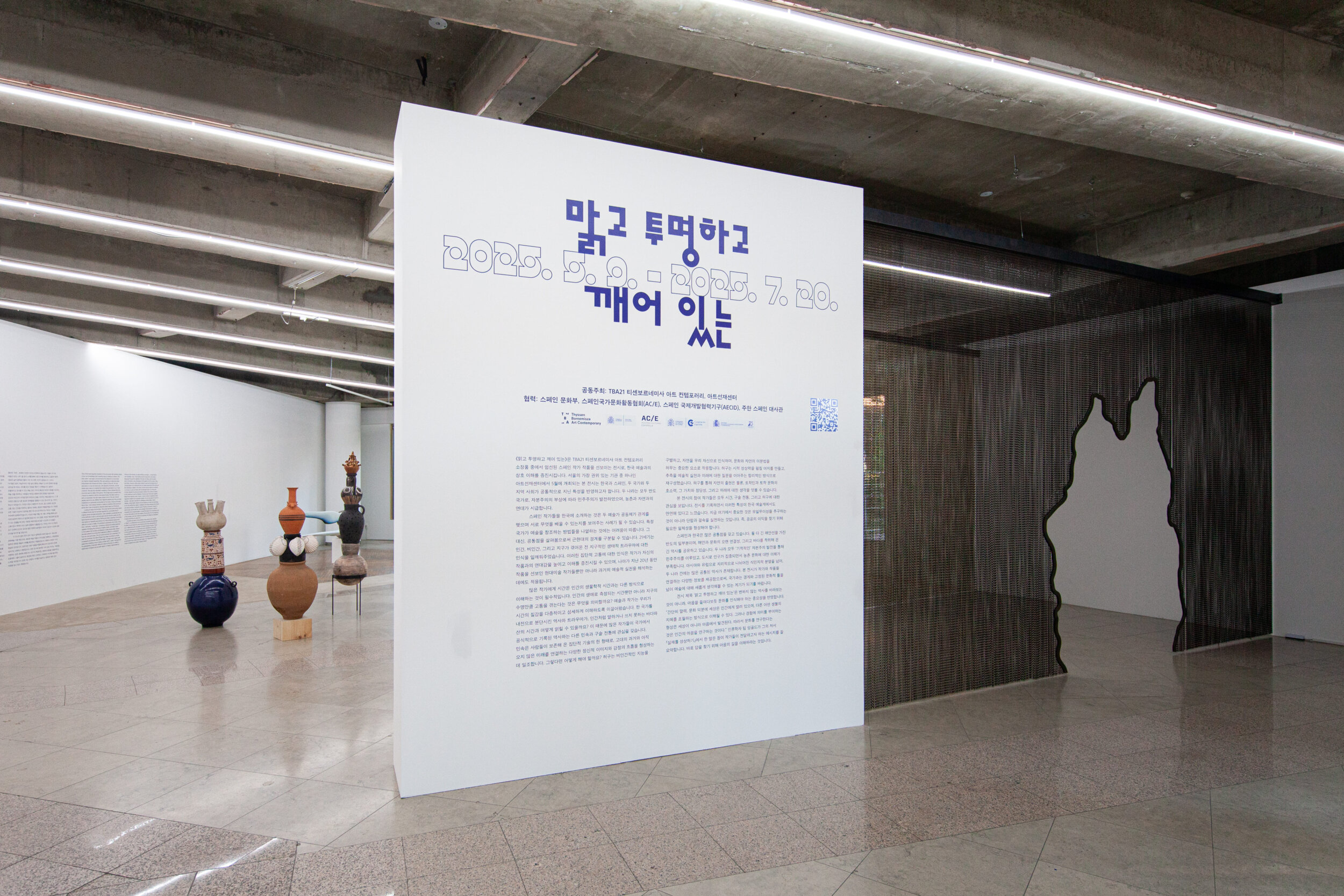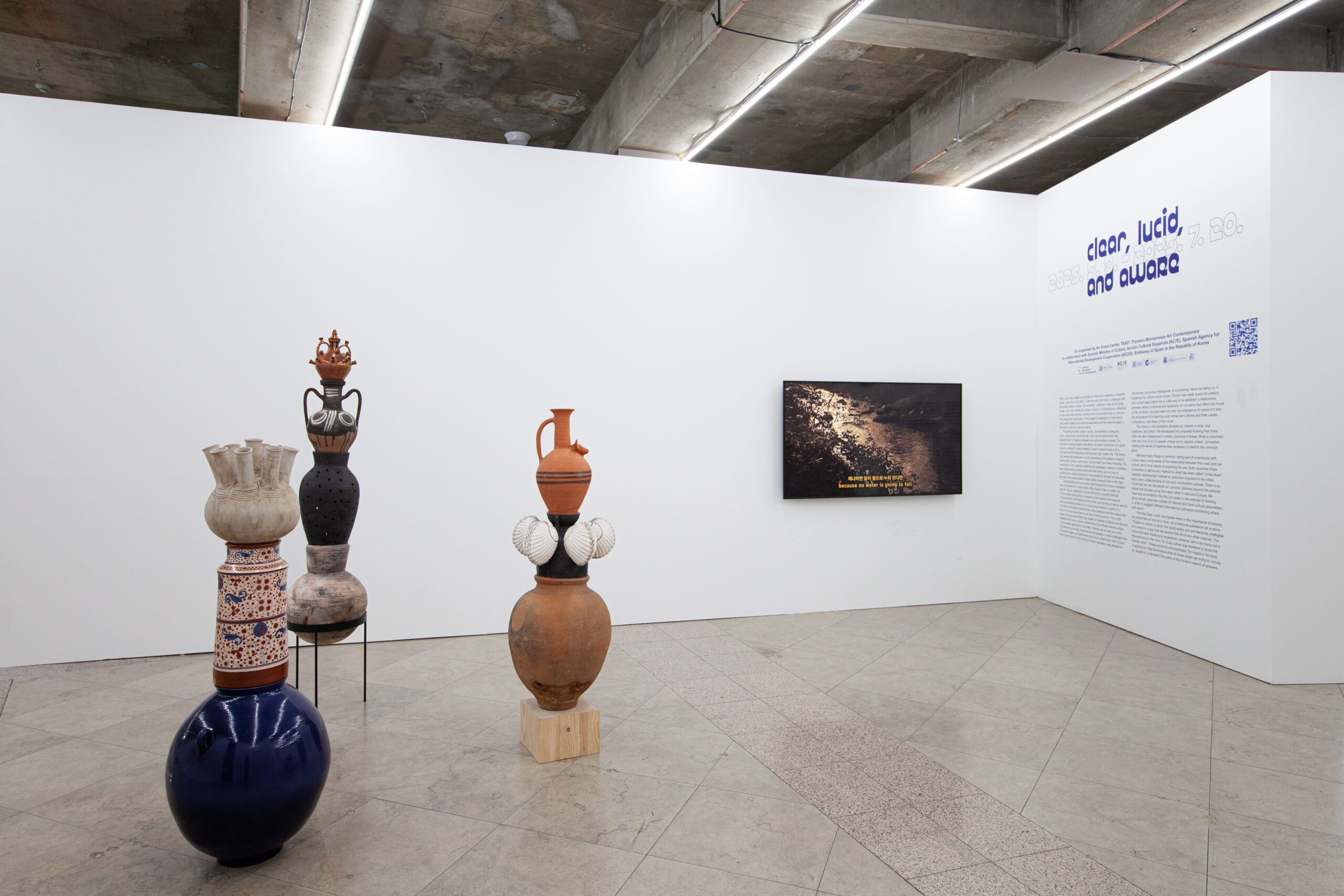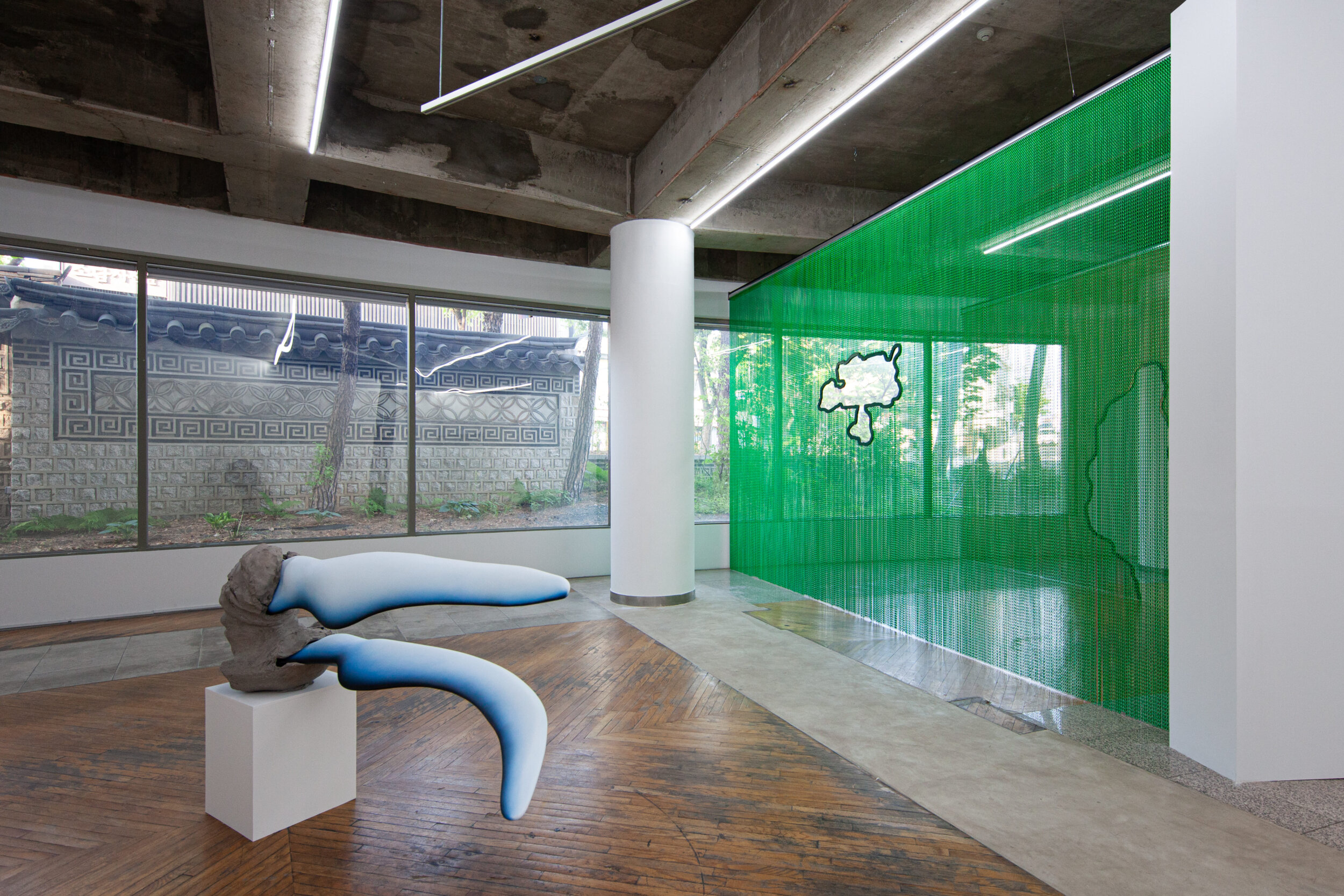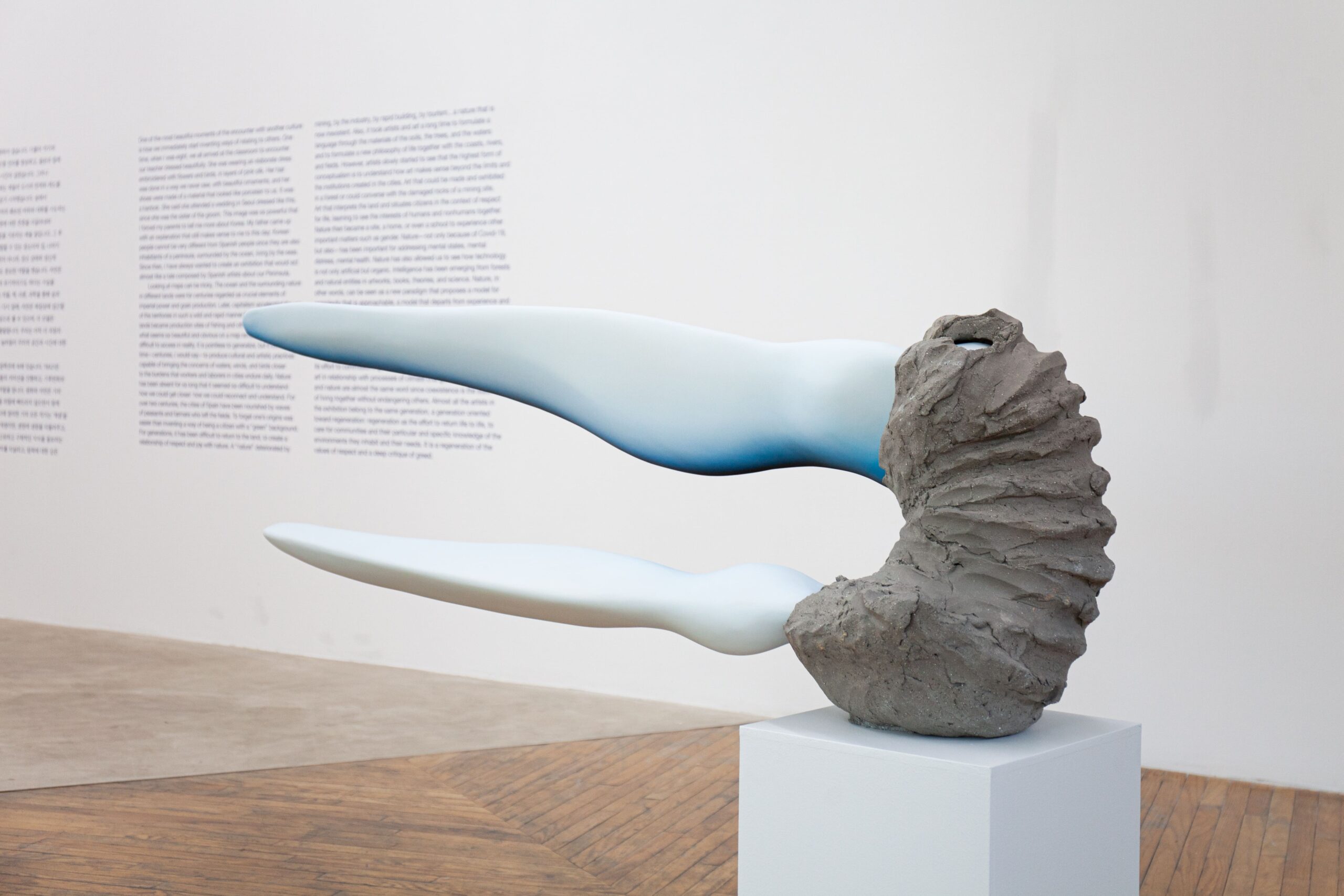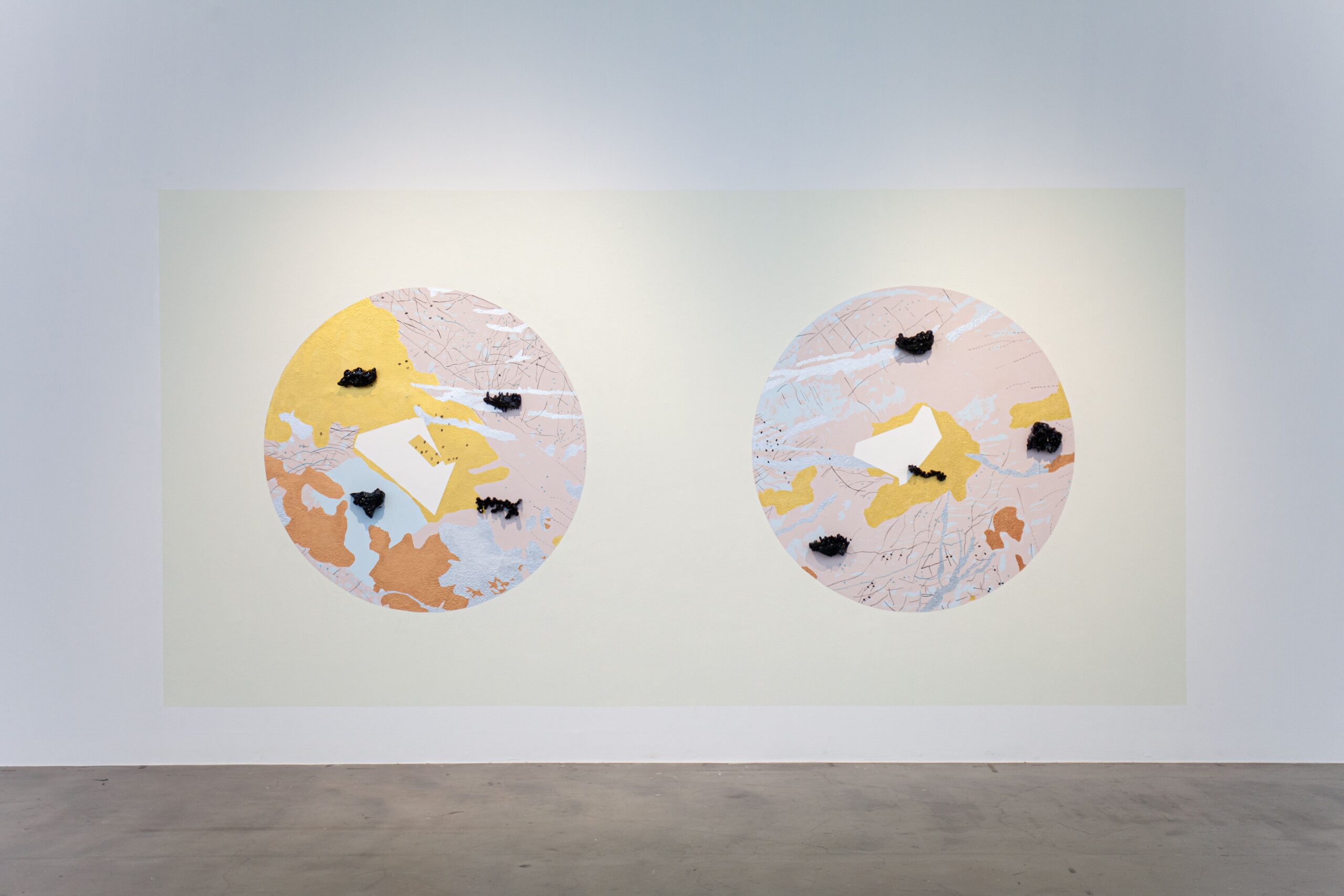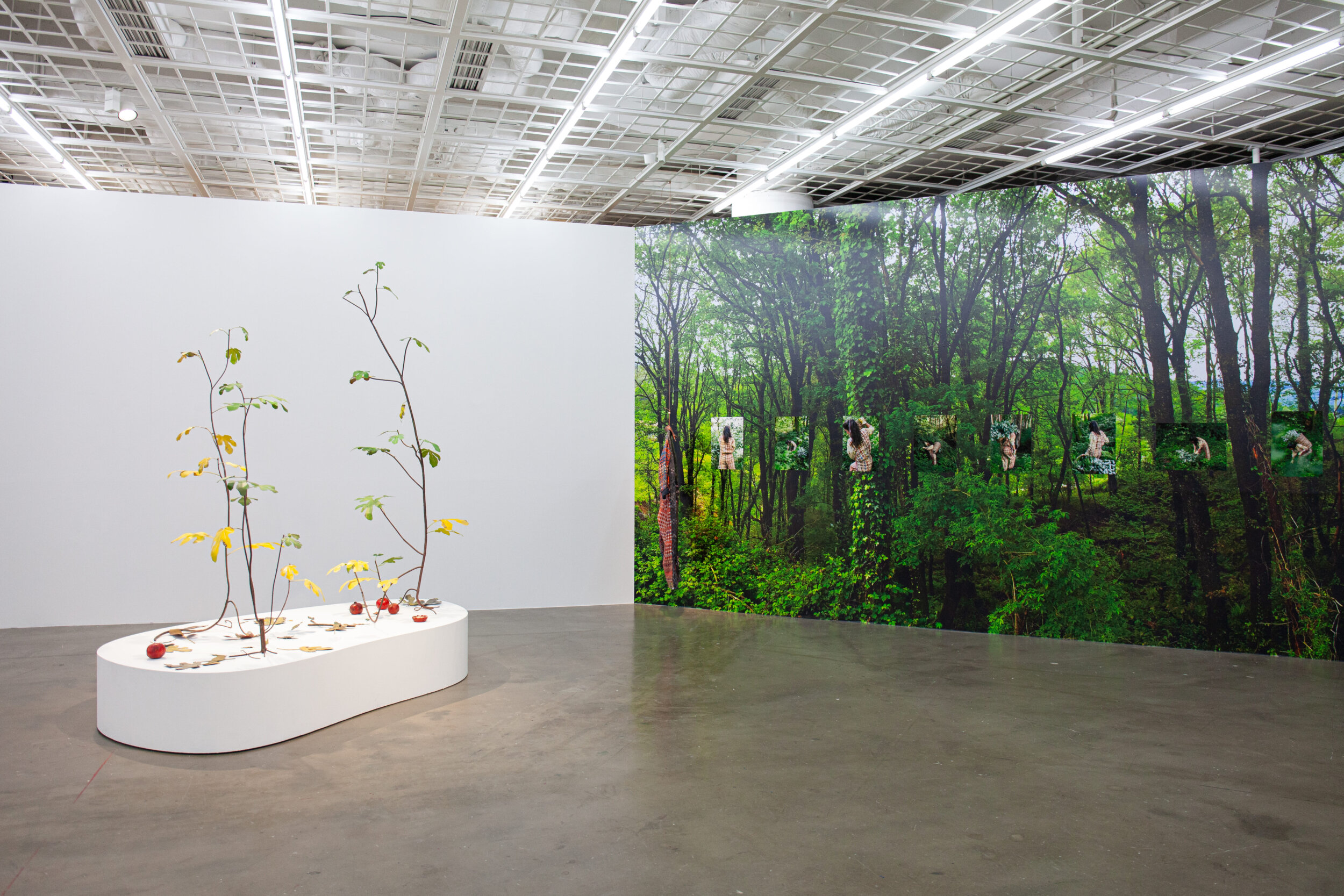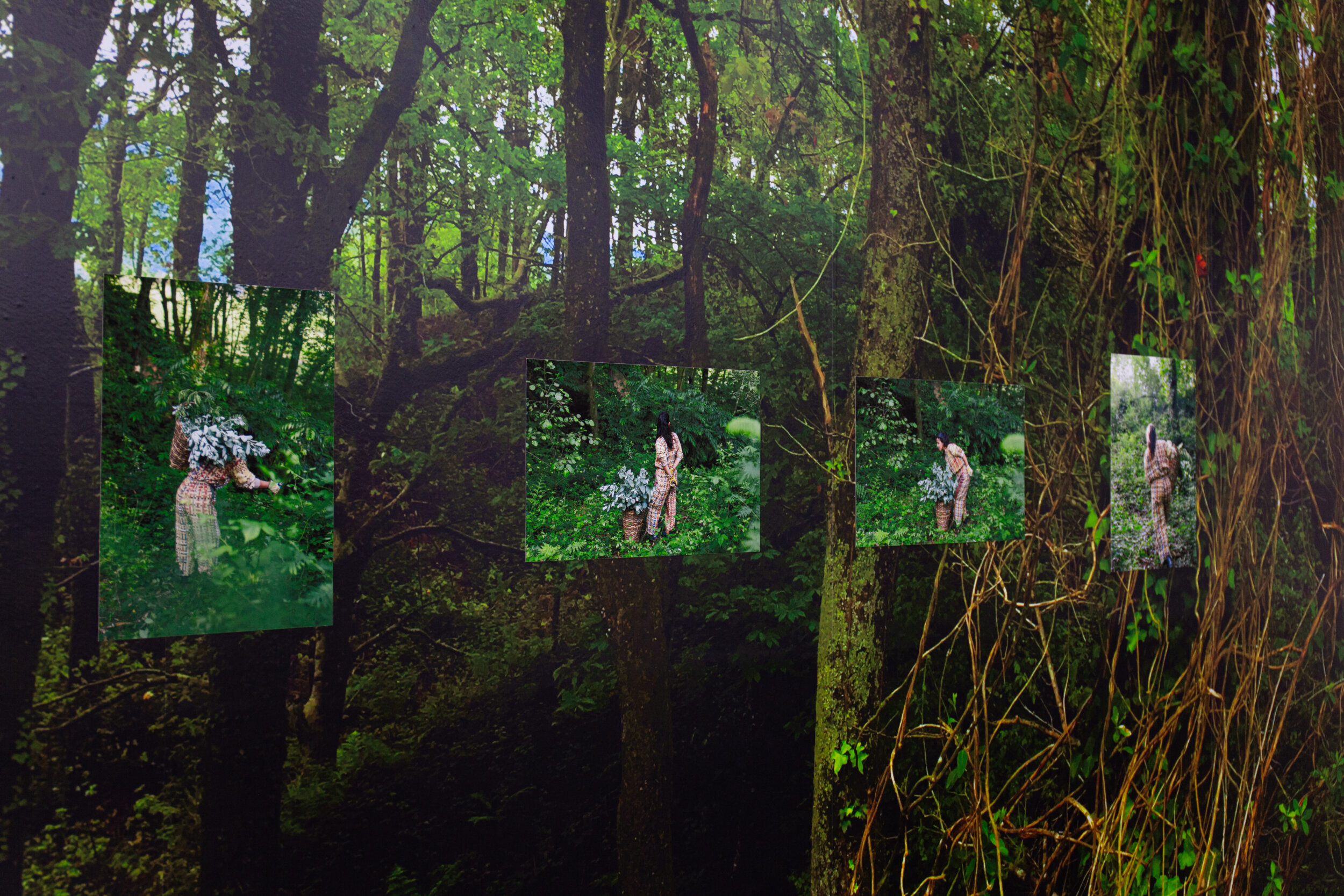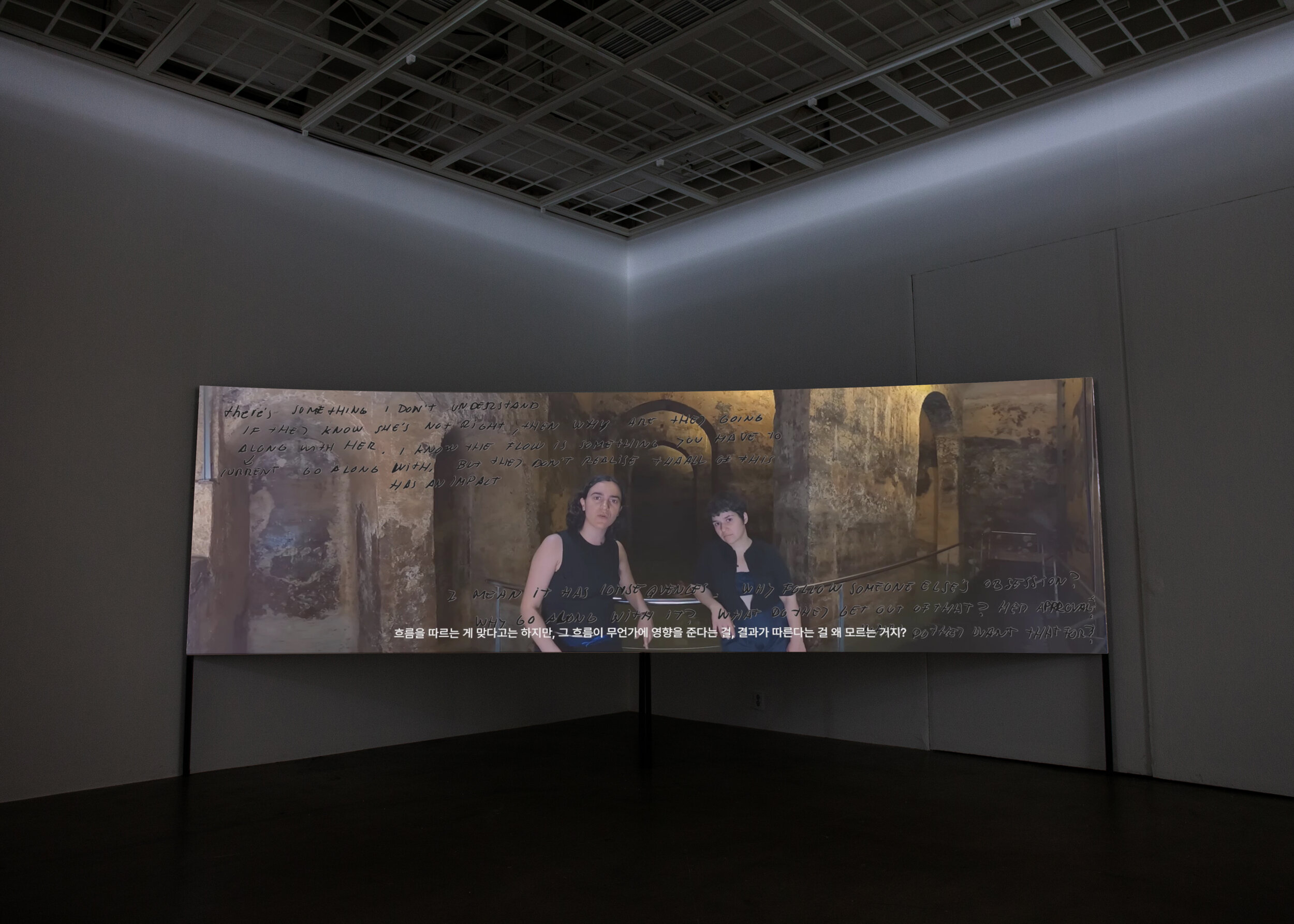Clear, Lucid, and Awake
2025. 5. 9. – 7. 20.
The Ground, Space 1, Art Sonje Center
Clear, Lucid, and Awake
Art Sonje Center and TBA21 Thyssen-Bornemisza Art Contemporary present Clear, Lucid, and Awake, an exhibition curated by Chus Martínez that brings together works by ten leading contemporary Spanish artists, most of them part of the TBA21 Collection. The exhibition will explore the possibilities of solidarity and recovery between humans and non-humans through art, based on the similarities shared by the two countries.
TBA21 is a leading international art and advocacy foundation established in 2002 in Madrid, Spain, with a collection caretaking more than 1,000 artworks and and seeking social and environmental change through exhibitions, educational programs, and public engagement activities. Clear, Lucid, and Awake features the works of 10 Spanish artists from the collection curated by Chus Martínez. The exhibition begins by looking at the shared similarities between Spain and Korea. Both are part of a peninsula, both countries share a transition to democracy through capitalist development, and marked by extensive migration to the cities and a poor understanding of rural cultures. To understand Korean culture from the perspective of Spain, the exhibition features artists who utilize oral traditions, folklore, and fiction to present narratives that diverge from official histories, examining relationships with time, place, nature, and people.
Cristina Lucas presents embroidered maps from her Tufting series, where each stitch traces a visual counter-narrative of the devastation of aerial warfare and ideological division, drawing a powerful parallel between the legacies of the Spanish Civil War and the Korean War. In her monumental video Nekya: A River Film, Regina de Miguel immerses us in the mythologies, wounds, and silences of the Riotinto mining landscape in southern Spain, from which she projects speculative futures shaped by new forms of interplanetary extractivism.
Asunción Molinos Gordo recovers peasant knowledge through ceramic sculptures and audiovisual records that highlight traditional meteorological observation systems, such as cabañuelas, positioning the farmer as both a cultural and environmental agent in times of climate crisis. Diego Delas, with large canvases stained with wine, tea, and linseed oil, constructs a symbolic language rooted in vernacular architecture and domestic rituals, evoking a rural collective memory steeped in mystery.
Belén Rodríguez, meanwhile, builds a poetics of care and slowness through textiles woven from recycled materials and natural pigments gathered in her immediate surroundings, accompanied by images that document the process as a vital gesture. Teresa Solar Abboud explores the threshold between the organic and the industrial, creating sculptures inspired by marine forms, drilling tools, or mythical creatures that reflect on inner transformation and the earth as a living body.
The works of Claudia Pagès Rabal, Daniel Steegmann Mangrané, and Álvaro Urbano activate space through performance, architecture, and symbolism—from filmed dance inside ancient Roman cisterns to installations that pay homage to the poetic memory of figures like García Lorca and Luis Barragán. Finally, Irene de Andrés revisits Madrid’s now marginalized and polluted Manzanares River as a site of resistance, ecological recovery, and urban memory, through an audiovisual essay that intertwines past and present.
The exhibition title ‘clear, lucid, and awake’ comes from Tibetan scholar and meditator Dakpo Tashi Namgyal’s guidance manual Clarifying the Natural State, and refers to the importance of looking at culture as we look at the mind. Thus, through the works of 10 Spanish artists who reveal nature as a dynamic entity intertwined with the evolution of humanity, Clear, Lucid, and Awake serves as an invitation to promote communal thinking, encouraging the viewers to work together to address global challenges and deepen mutual understanding beyond national and fixed cultural parameters.

